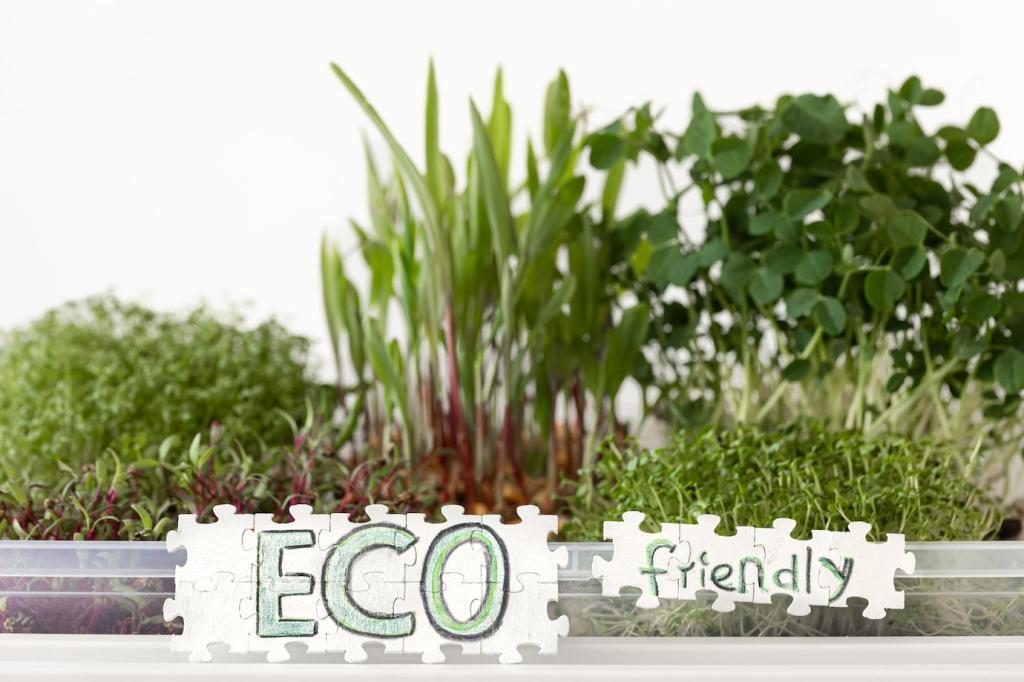A Small Kitchen, Big Impact: A Remodel Story
Peeling vinyl and particleboard cabinets made cooking feel like a chore. The plan: fewer materials, higher quality. A single palette would reduce waste, simplify installation, and keep sunlight bouncing around the narrow space.
A Small Kitchen, Big Impact: A Remodel Story
They chose paper composite counters, cork floors, and FSC plywood boxes with hardwax oil. Salvaged maple for shelves tied tones together. Trim offcuts became drawer dividers, proving sustainability thrives on creativity and careful planning.







